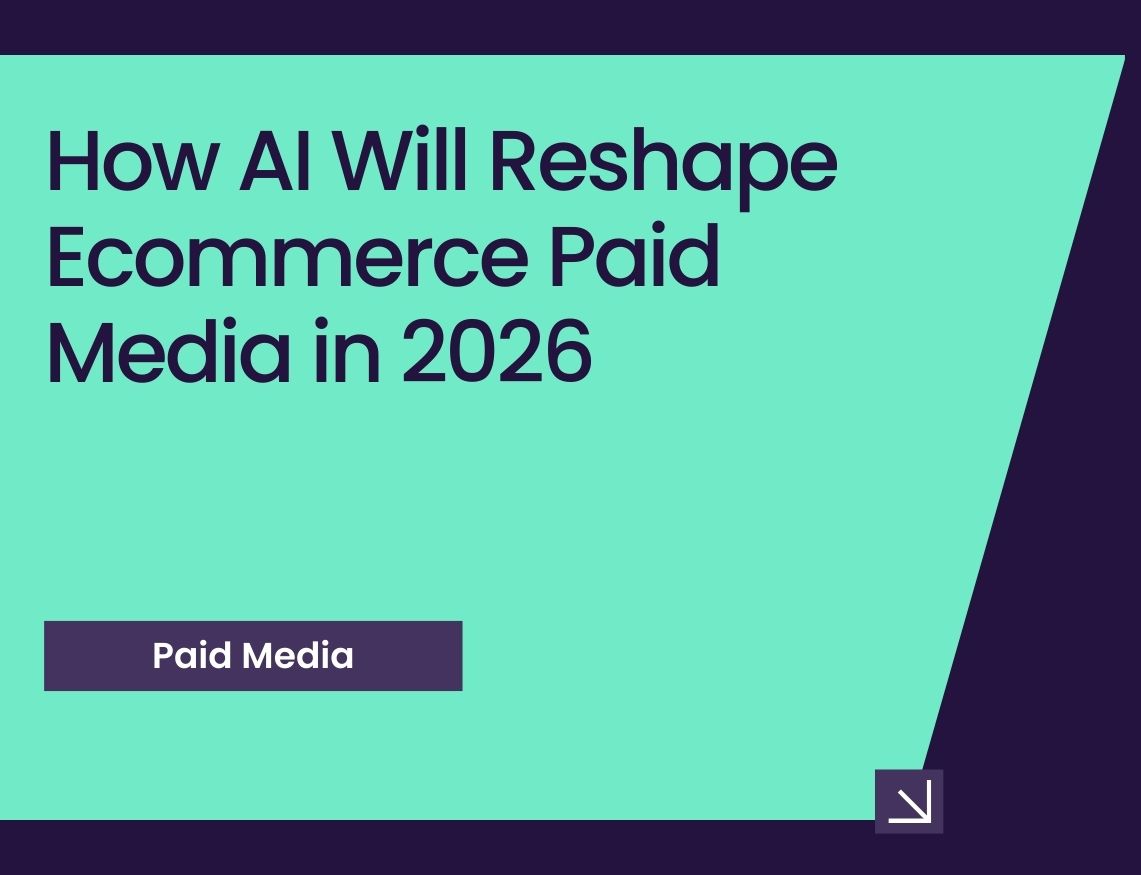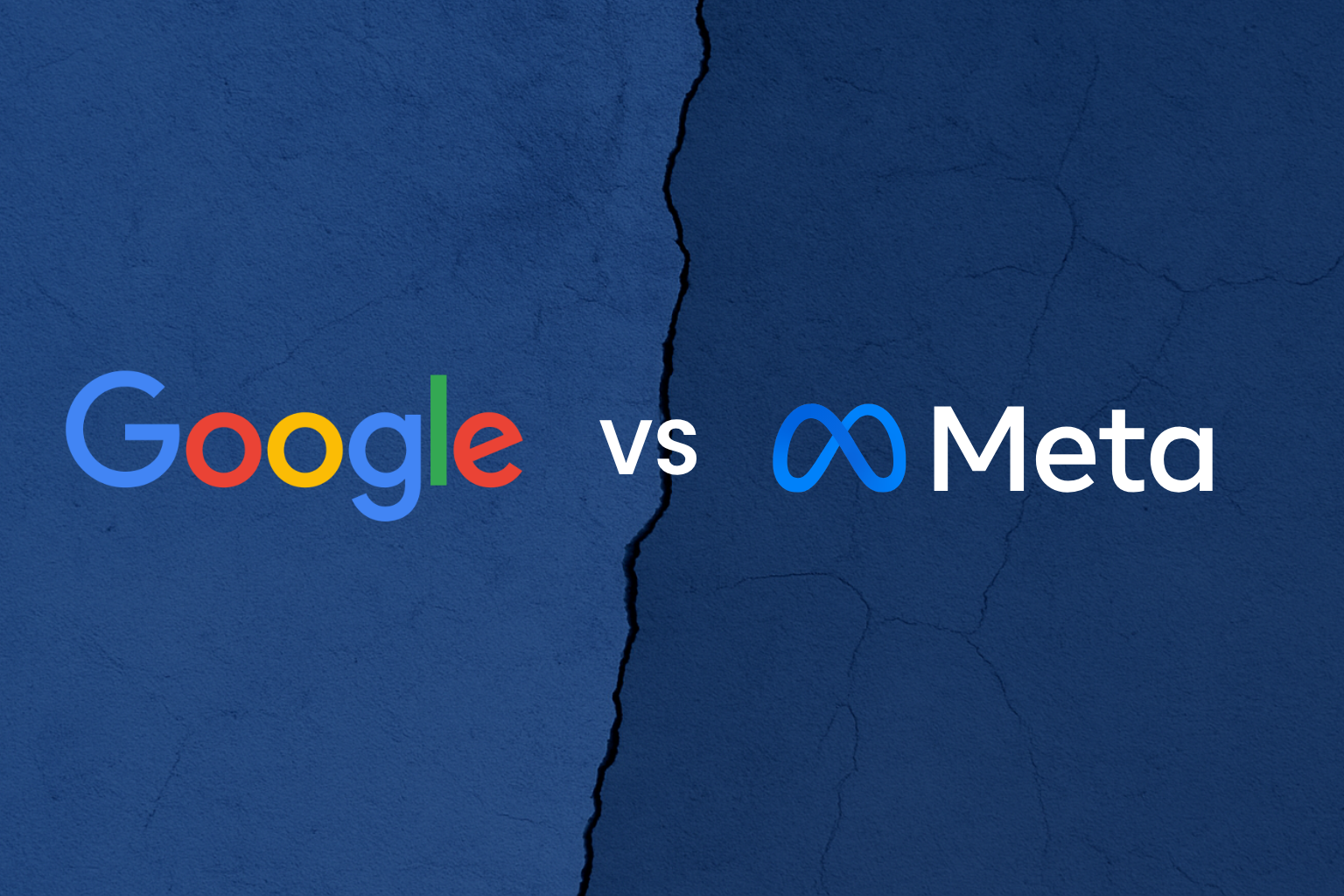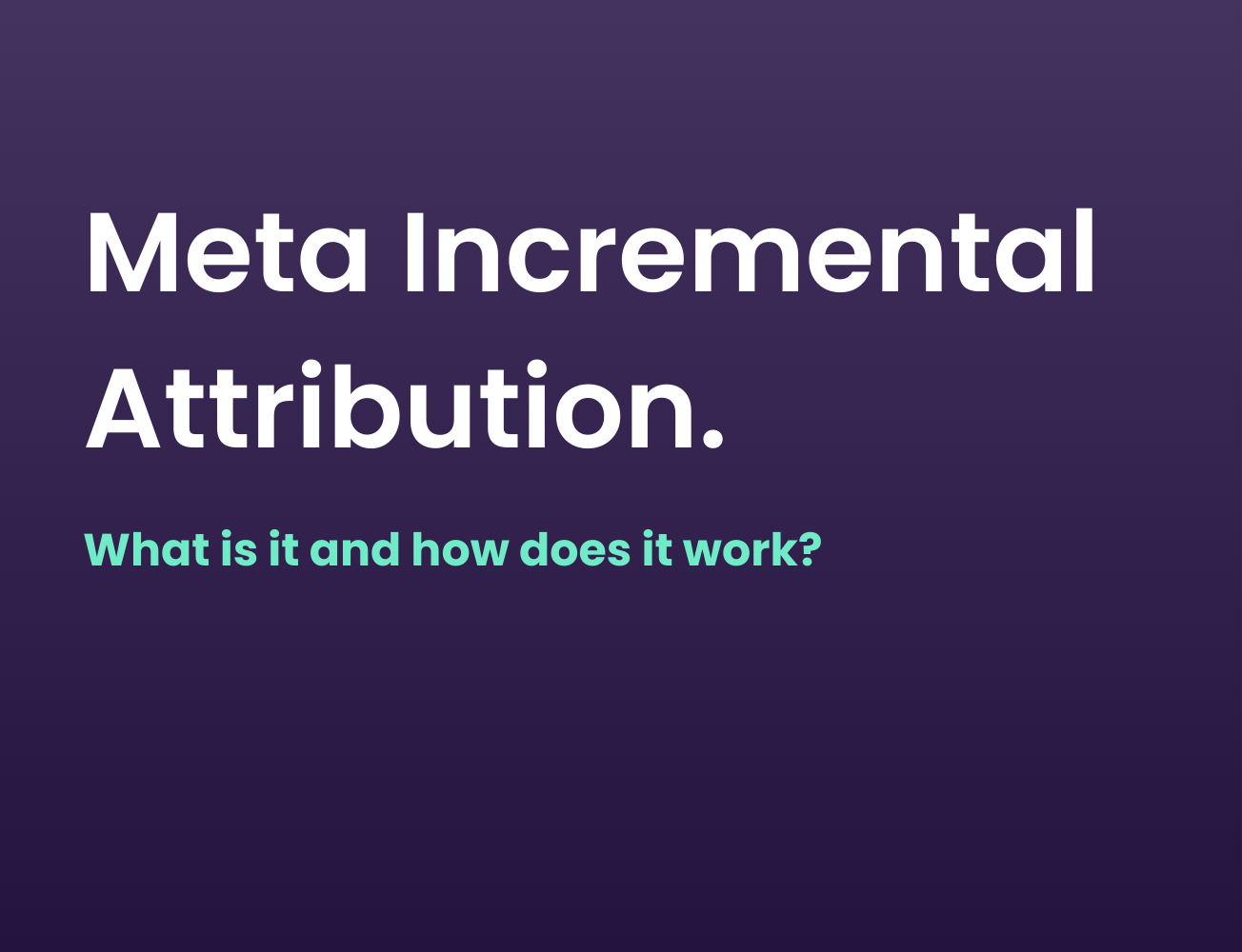When you're considering bringing an ecommerce digital marketing agency on board, one of the first questions is inevitably: what’s this going to cost me?
And it’s a fair one. With such a low barrier to entry in digital marketing, agency fees are all over the place, some might charge as little as £500 per month, while others can easily command £5,000 or more.
On top of that, there’s no one-size-fits-all pricing model. You’ve got fixed retainers, one-off setup fees, percentage-of-spend agreements or revenue-based performance deals.
So, how do you make sense of it all? In this post, we’ll unpack the most common fee structures using my ecommerce marketing agencies, what they mean in practice, and how they impact both the agency and your brand.
Fixed Fees
How does it work?
This is the most straightforward way to structure an agreement with your ecommerce digital marketing agency. You agree on a set monthly fee, and that’s what you pay - regardless of how much you spend on ads or how much revenue the agency helps generate.
Brand Side - A fixed fee can be great for forecasting operating costs as it brings predictability and removes surprises.
But for ecommerce brands with strong seasonality, it can feel lopsided. You might end up paying the same fee during slow months when spend and activity are lower.
Agency Side - Some argue this model can disincentivise agencies from scaling performance. If they’re getting paid the same regardless of output, what’s the motivation to push harder?
Our Take - We’re fans of the fixed fee model. While it can be less profitable for us when media spend scales aggressively, we prioritise long-term relationships over short-term margins.
In our experience, it leads to better client retention, and that’s worth more than chasing short-term gain.
Percentage of Ad Spend
How does it work?
This model is based on a simple formula: you agree on a percentage (usually between 5–10%) and your ecommerce digital marketing agency charges that percentage of your total monthly ad spend, although we’ve seen some agencies charge as much as 15-20%.
Sometimes, the percentage will scale down based on how much you’re spending eg. if your spend doubles, then the % amount comes down.
Brand Side - This structure can work well for ecommerce brands, especially if your ad budgets fluctuate due to seasonality.
Your agency fees rise and fall in line with your media spend, making this easier on cash flow -provided you’re forecasting budgets accurately and aligning them with the peaks and troughs of your trading calendar.
Agency Side - In theory, this model aligns incentives with the agency and brand. Do a great job, drive results, and the client increases spend, meaning higher fees for the agency.
Our take - The reality? It's rarely that straight forward.
Agencies often find themselves at the mercy of external factors beyond their control, stock shortages, cash flow issues, or internal bottlenecks can all lead to reduced ad spend, and by extension, reduced fees. Even if the paid advertising is the only channel working for the brand.
Performance Based Pricing
How does it work?
With this model, your ecommerce digital marketing agency ties its fees to a performance metric, usually revenue, sales volume, or ROAS (Return on Ad Spend).
The more revenue they generate, the higher their fee. On the surface, it sounds like a win-win.
Brand Side - This setup often looks attractive to ecommerce brands. It feels lower risk as agency fees only rise if performance improves. However, the catch is attribution. To make this model work, you’ll likely need to include all ecommerce revenue in the calculation, since accurately pinning down exactly which sales came from paid media is nearly impossible to do correctly.
Agency Side - For agencies, a performance based fee set up rarely works as intended.
The reality is that again there are many factors outside of the agency's control that can massively impact revenue.
What if the brand needs to increase prices and that reduces conversion rate? What if the brand needs to cut its marketing budget? What if their bestselling products goes out of stock?
Our take - Performance-based pricing can work, but only with the right level of transparency, trust, and control. Unless both sides are fully aligned (and realistic about attribution), this model can quickly become more hassle than it’s worth.
Conclusion
At Adnomics, we usually operate on a hybrid model- combining a fixed monthly fee with a percentage of ad spend.
Here’s how it works - we charge a lower base fee each month, which is then topped up if media spend exceeds an agreed threshold. Budgets are always client-approved in writing, so there are no surprise invoices.
Plus, every client gets access to ADX, our real-time reporting dashboard, giving full visibility on both spend and performance at all times.
This hybrid structure offers the best of both worlds. It provides consistency and predictability, while still leaving room for growth. And on the brand side, there’s a built-in cost benefit, if ad spend drops below the threshold, you simply pay the reduced fixed fee.
When you're choosing an ecommerce digital marketing agency, the fee model shouldn't just be about what's cheapest.
It’s about finding a setup that works for both sides, one that’s fair, transparent, and built to scale as your brand grows.
.png)
.png)

.png)

.jpg)


.png)
.png)

.png)


.svg)
.svg)
.svg)
.svg)